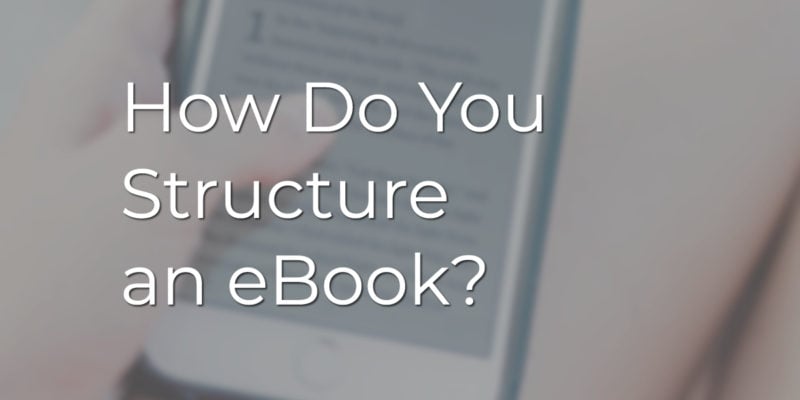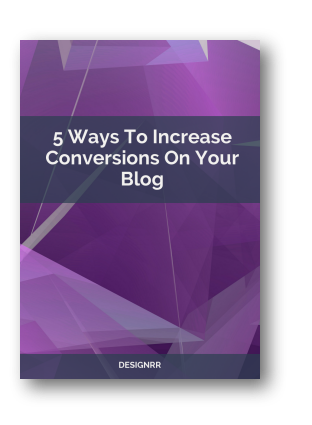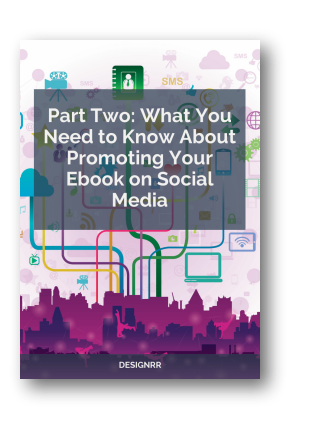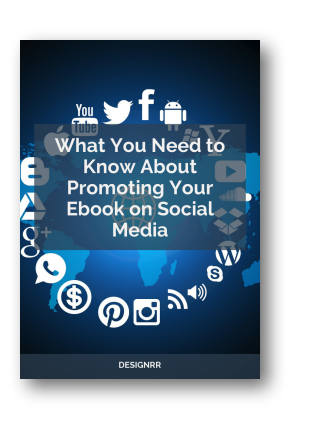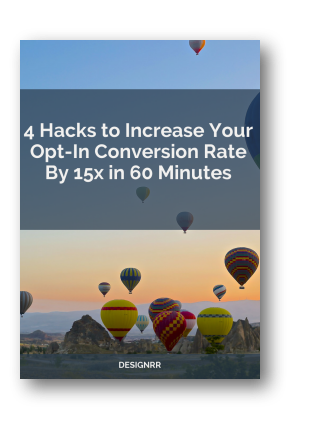We have seen many bloggers creating eBooks that are extremely successful, while others seems to get it all wrong. Consequently, in doing so they struggle to make money even after spending a lot of time creating their eBooks. What are the successful bloggers doing differently? Do they know something that others don’t? Or is there simply a well planned strategy or formula to creating winning eBooks?
In this article, we tell you what you need to know in order to create an engaging eBook. We explain the correct way to structure your ebook so that it speaks directly to your readers. Without further ado, let’s dive deeper.
Understand eBooks
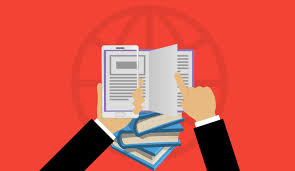
Let’s clarify what an eBook is before jumping into the structuring process. An electronic book, commonly known as an eBook, is a publication you can read on digital devices such as smartphones, tablets, or computers. They’re often packaged as PDF documents for easy distribution but can also be converted into other formats like Mobi, ePub, and Kobi.
Try our free PDF to EPUB converter!
One advantage of eBooks is that there’s no set ideal length. As long as your content thoroughly covers the chosen topic and effectively educates your readers, the length can vary based on your audience and subject matter. You also have the freedom to write about anything – you’re not limited in terms of topic or style.
Create an Outline First
A solid plan is crucial for every great eBook, just like a blueprint is essential for building a house. Take the time to map out the main points you want to cover and put them in a logical order before you jump into the writing process. Consider what information your target reader wants and the best sequence for presenting it.
Take your reader on a journey through your topic. Determine the starting point that will grab their attention, the important stops or lessons along the way, and the final destination – the key takeaway or transformation you want to deliver by the end.
A basic outline helps you determine the best structure for your content. It also makes writing easier because you’ll have a clear roadmap to follow.
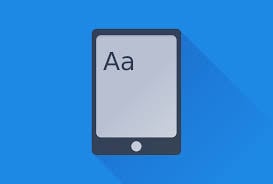
Write a Compelling Introduction
The introduction to your eBook is your one chance to make a first impression. Capture the reader’s interest, form a connection, and convince them your book is worth reading.
Think of your intro like the opening scene in a movie. Transport the reader instantly into the world of your book and give them a reason to care. Depending on your topic and audience, your intro could include a surprising statistic or thought-provoking question, a relatable story or anecdote, an overview of a problem your reader likely faces, or a clear statement of what the reader will gain from your book.
Be authentic, engaging, and straightforward. Give your reader a taste of your voice and perspective while making it clear what they will get out of reading your book.
Organize Your Chapters Logically
Once you’ve nailed your intro, dive into the heart of your eBook. Organize your main content into chapters that are easy to digest.
Chapters are like stepping stones guiding your reader through your material. Each one should focus on a specific subtopic or main point that fits into the overall flow of your book. Use chapters to break down complex information, emphasize key concepts, and give your reader milestones to work toward.
Keep readers engaged with each chapter having a clear focus or theme, providing valuable insights, strategies, or examples, progressing logically from the previous chapter, and concluding with a quick recap and/or transition to what comes next.
Each chapter should be valuable on its own while also fitting together into a cohesive whole. If you catch yourself going off on tangents, consider whether those bits belong in a different chapter or perhaps in an appendix.
Explore Different Structuring Approaches

The basic “Introduction, Key Points, Conclusion” structure works well, but there are other approaches you can consider:
The 4MAT Model
- Cover the Why (motivation), What (broad solution), How (specific steps), and What Else (additional resources) in sequence.
Alphabetical
- List content alphabetically, especially useful for reference material or glossaries.
Random
- Use for independent topics or tips that don’t necessarily fit together neatly.
Loose Groups
- Cluster related items together without a strict order, like “100 ways to make money online”.
Timeline
- Structure content based on a specific timeline or progression, such as a personal journey or historical events.
Beginner, Intermediate, Expert
- Arrange content based on the expertise level of your target audience, guiding them from novice to mastery.
Provide Helpful Navigation
Create an intuitive navigation experience so no one feels lost or confused, whether in a physical book or an eBook. Include a clickable table of contents with chapter titles, clear headings and subheadings within each chapter, relevant links between chapters when one builds on another, and simple, consistent formatting for different content types.
Picture your eBook as a choose-your-own-adventure experience. Some readers may want to go through it front to back, while others may prefer jumping around to the sections most relevant to them. Thoughtful navigation empowers your reader to engage with your book on their own terms.
Make It Visually Appealing
Boost your eBook’s visual appeal to make it more engaging and easier to understand. Add your logo on the cover for branding, use color schemes that match your brand, bold text to highlight key phrases and points, include headings, graphics, images, and pull quotes to break up text, use shapes and colors to draw attention to important information, and write short, easy-to-read sentences and paragraphs.
A visually engaging eBook not only holds your reader’s attention but also reinforces your brand and makes your content more memorable.
Bring It All Together
As you approach the end of your eBook, bring it all home for your reader. Use the conclusion to reinforce your core message, recap the key points, and leave your reader feeling satisfied.
Think of your conclusion like the end of a great conversation with a friend. Determine the essential nuggets you want to make sure they walk away with and the insight you want to leave ringing in their ears. Your conclusion should provide a clear answer to the question or problem you set up in the introduction.
Don’t stop there – your conclusion is also the perfect place to include a call-to-action. Decide the next step you want your reader to take. It could be implementing a new habit, trying out a strategy you shared, joining your email list, or checking out another one of your offerings. Give them a clear path forward to keep the momentum going.

Add the Finishing Touches
Once you have your core content ready, pay attention to the details that can take your eBook from good to great:
- An eye-catching, professional cover design
- A title page with your book title, subtitle, author name, and publication date
- Hyperlinks to any online resources you reference
- Any important disclaimers or copyright information
- An “About the Author” page that helps readers connect with you
- A compelling author bio that establishes your credibility
- Visual aids like images, charts, or infographics when appropriate
Small touches like these help establish your authority, improve the reader experience, and make your eBook feel like a valuable resource.
Ebook Creation Tools

Once you have completed your eBook you need to convert it to a simple to read format. Most bloggers convert their eBooks to PDF. Besides Microsoft Word, here are some of the best tools to create an eBook:
See how Designrr ebook creator can help you with your ebook creation proess.
Promote Your eBook
An effective promotional strategy is key for attracting readers. Promote your eBook on your blog, platforms like Amazon or iBooks, and to your email subscribers. Consider offering bonus content, such as a companion workbook or video tutorial, to entice people to download your book.
Keep in mind your eBook is not only a valuable resource for your audience but also a powerful marketing tool to drive traffic, generate leads, and establish your authority in your niche. Show off your expertise and personality!
Ready to launch your ebook? Check out our ebook launch checklist guide!
Be Realistic About Earnings
There is potential to earn money from eBook sales, but it’s important to have realistic expectations. Keep your investment low by writing the content yourself or hiring an affordable freelancer. Focus on consistently delivering quality content that keeps your readers engaged and coming back for more.
As you build a loyal audience and release additional eBooks, your sales and revenue can grow over time. View your first eBook as a stepping stone to building a thriving online business in your niche.
Writing a well-structured eBook comes down to organizing your content in a way that provides maximum value to your readers. Understand your audience, outline your key points, and explore different structuring approaches. Then you’ll be on your way to writing an engaging and effective eBook.
Let your unique voice and perspective shine through, and promote your work far and wide. With a commitment to quality and a strategic approach to structure, your eBook can be the key to unlocking new opportunities and taking your online business to the next level.
